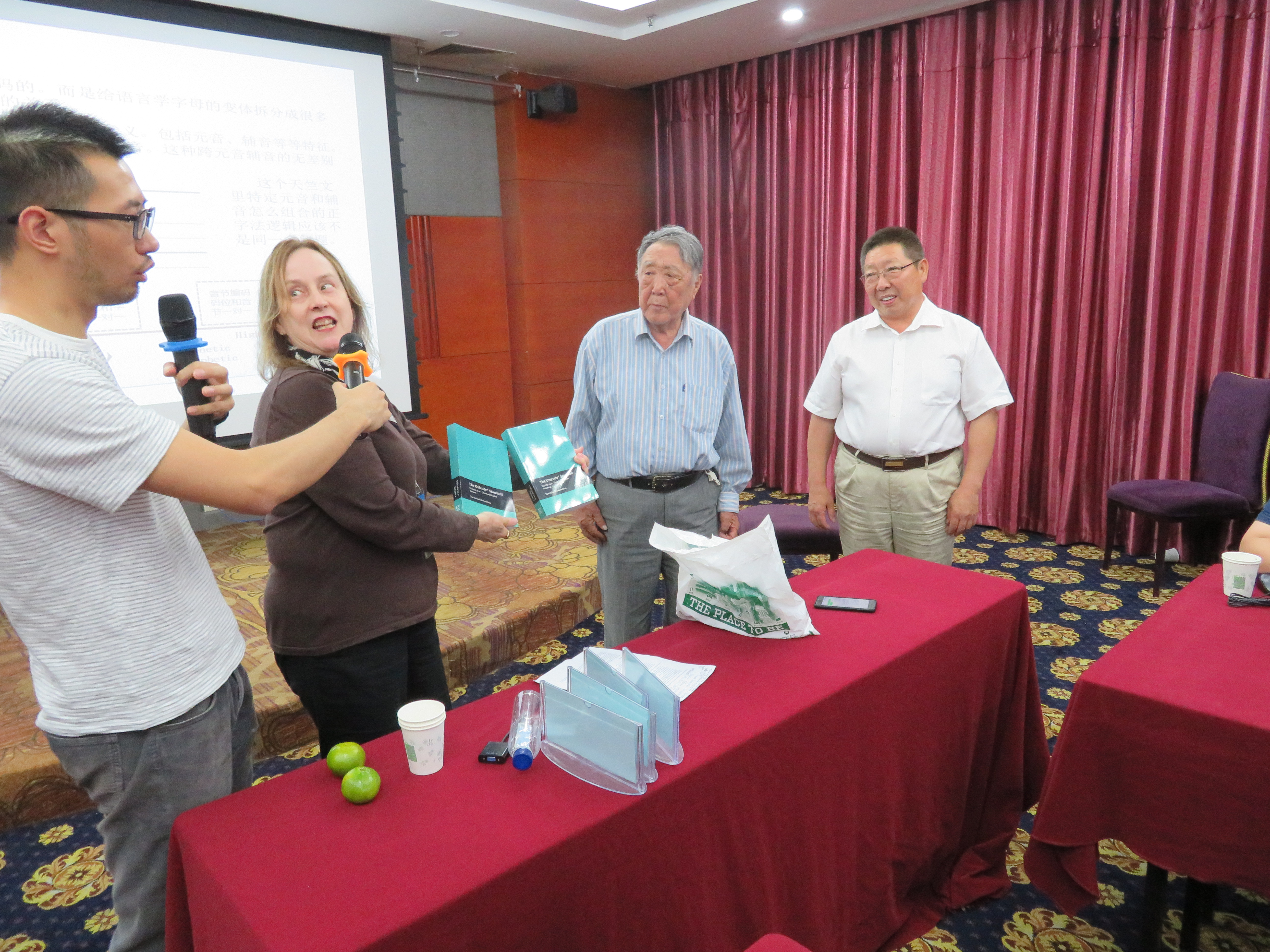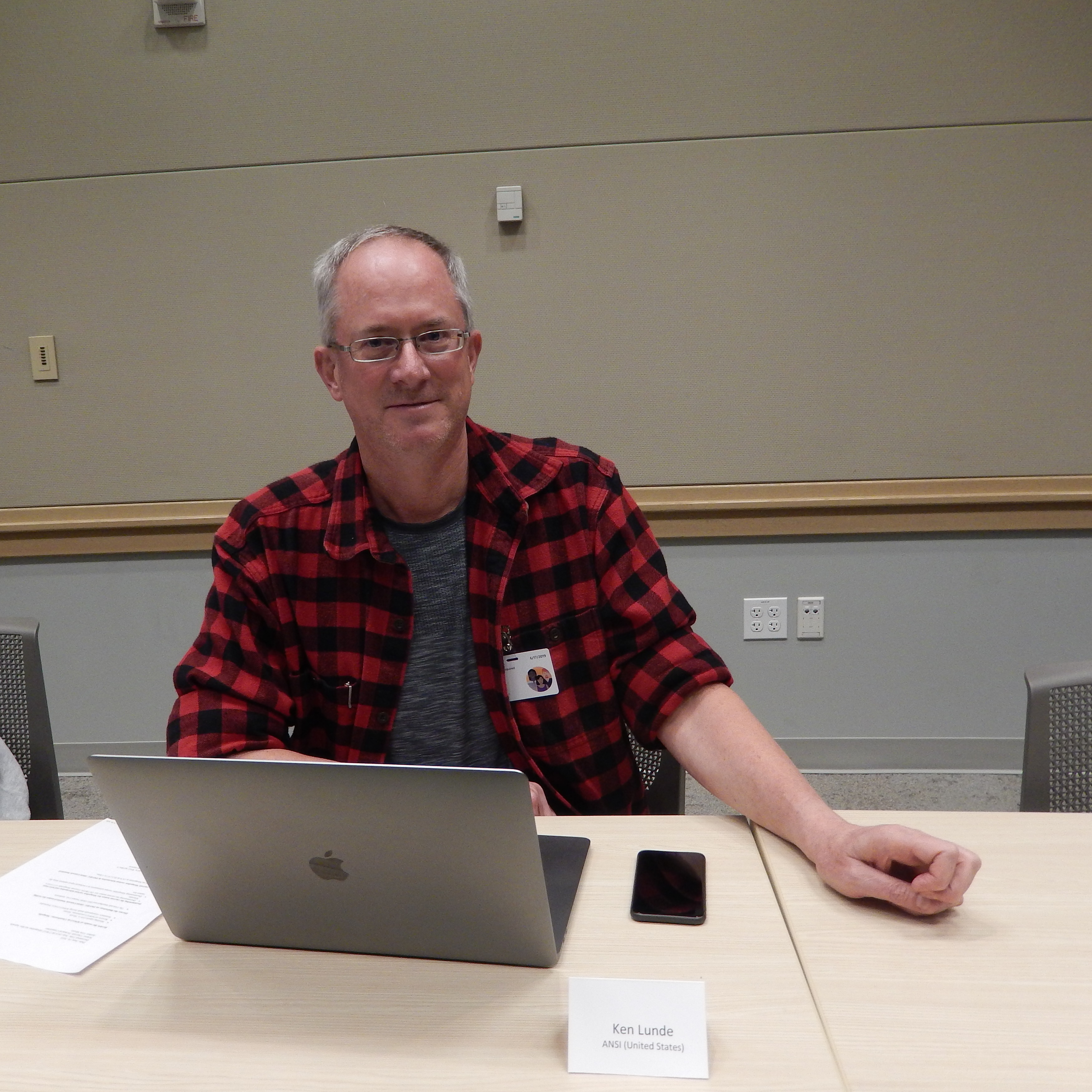|
Biangbiang Noodles
Biangbiang noodles ( zh, s=, t=, p=Biángbiángmiàn), alternatively known as ''youpo chemian'' ( zh, s=油泼扯面, t=油潑扯麵) in Chinese, are a type of Chinese noodle originating from Shaanxi cuisine. The noodles, touted as one of the "eight curiosities" of Shaanxi (), are described as being like a belt, owing to their thickness and length. Biangbiang noodles are renowned for being written using a unique character. The character is unusually complex, with the standard variant of its traditional form containing 58 strokes. Noodles The noodles are thick and belt-like, and are usually hand-made. For most of their existence, they have been an obscure dish local to Xi'an, eaten by workers lacking the time to make thinner noodles. More recently, the noodles have become more widely known across China, in a rise driven to some extent by social media interest in the esoteric character used to write ''biáng''. The word ''biáng'' is onomatopoeic, being said to resemble t ... [...More Info...] [...Related Items...] OR: [Wikipedia] [Google] [Baidu] |
China
China, officially the People's Republic of China (PRC), is a country in East Asia. With population of China, a population exceeding 1.4 billion, it is the list of countries by population (United Nations), second-most populous country after India, representing 17.4% of the world population. China spans the equivalent of five time zones and Borders of China, borders fourteen countries by land across an area of nearly , making it the list of countries and dependencies by area, third-largest country by land area. The country is divided into 33 Province-level divisions of China, province-level divisions: 22 provinces of China, provinces, 5 autonomous regions of China, autonomous regions, 4 direct-administered municipalities of China, municipalities, and 2 semi-autonomous special administrative regions. Beijing is the country's capital, while Shanghai is List of cities in China by population, its most populous city by urban area and largest financial center. Considered one of six ... [...More Info...] [...Related Items...] OR: [Wikipedia] [Google] [Baidu] |
Radical (Chinese Characters)
A radical (), or indexing component, is a visually prominent Chinese character components, component of a Chinese character under which the character is traditionally listed in a Chinese dictionary. The radical for a character is typically a semantic component, but it can also be another structural component or an artificially extracted portion of the character. In some cases, the original semantic or phonological connection has become obscure, owing to changes in the meaning or pronunciation of the character over time. The use of the English term ''radical'' is based on an analogy between the structure of Chinese characters and the inflection of words in European languages. Radicals are also sometimes called ''classifiers'', but this name is more commonly applied to the grammatical Chinese classifier, measure words in Chinese. History In the earliest Chinese dictionaries, such as the ''Erya'' (3rd centuryBC), characters were grouped together in broad semantic categories. Be ... [...More Info...] [...Related Items...] OR: [Wikipedia] [Google] [Baidu] |
Unicode Consortium
The Unicode Consortium (legally Unicode, Inc.) is a 501(c)(3) non-profit organization incorporated and based in Mountain View, California, U.S. Its primary purpose is to maintain and publish the Unicode Standard which was developed with the intention of replacing existing character encoding schemes that are limited in size and scope, and are incompatible with multilingual environments. Unicode's success at unifying character sets has led to its widespread adoption in the internationalization and localization of software. The standard has been implemented in many technologies, including XML, the Java programming language, Swift, and modern operating systems. Members are usually but not limited to computer software and hardware companies with an interest in text-processing standards, including Adobe, Apple, the Bangladesh Computer Council, Emojipedia, Facebook, Google, IBM, Microsoft, the Omani Ministry of Endowments and Religious Affairs, Monotype Imaging, Netflix, Sales ... [...More Info...] [...Related Items...] OR: [Wikipedia] [Google] [Baidu] |
Chinese Character Description Languages
Several systems have been proposed for describing the internal structure of Chinese characters, including their strokes, components, and the stroke order, and the location of each in the character's ideal square. This information is useful for identifying variants of characters that are unified into one code point by Unicode and ISO/IEC 10646, as well as to provide an alternative form of representation for rare characters that do not yet have a standardized encoding in Unicode. Many aim to work for regular script, as well as to provide the character's internal structure which can be used for easier look-up of a character by indexing the character's internal make-up and cross-referencing among similar characters. CDL Character Description Language (CDL) is an XML-based declarative language co-created by Tom Bishop and Richard Cook for the Wenlin Institute. It defines characters by the arrangement of components, which are not required to reflect the semantic or etymological history ... [...More Info...] [...Related Items...] OR: [Wikipedia] [Google] [Baidu] |
Adobe Inc
Adobe Inc. ( ), formerly Adobe Systems Incorporated, is an American software, computer software company based in San Jose, California. It offers a wide range of programs from web design tools, photo manipulation and vector creation, through to video/audio editing, mobile app development, print layout and animation software. It has historically specialized in software for the creation and publication of a wide range of content, including graphics, photography, illustration, animation, multimedia/video, motion pictures, and print. Its flagship products include Adobe Photoshop image editing software; Adobe Illustrator vector-based illustration software; Adobe Acrobat Reader and the Portable Document Format (PDF); and a host of tools primarily for audio-visual content creation, editing and publishing. Adobe offered a bundled solution of its products named Adobe Creative Suite, which evolved into a subscription-based offering named Adobe Creative Cloud. The company also expanded into ... [...More Info...] [...Related Items...] OR: [Wikipedia] [Google] [Baidu] |
Source Han Serif
Source Han Serif (also known as Noto Serif CJK) is a serif Ming (typefaces), Song/Ming typeface created by Adobe Systems, Adobe and Google. Design Latin-script letters and numerals are from the Source Serif font. Changzhou SinoType Co., Ltd., Iwata Corporation and Sandoll Communications, Sandoll Communications Inc. took part in the design and finished the work on Chinese (both Simplified and Traditional), Japanese and Korean glyphs. The kana characters were designed by Ryoko Nishizuka of Adobe Systems Incorporated. Frank Grießhammer designed the Latin, Greek, and Cyrillic glyphs. Ken Lunde from Adobe Systems Incorporated Specification worked on the glyph set, Unicode mappings and CJK glyph consolidation of the typeface. Frank Grießhammer of Adobe Systems Incorporated provided additional Source Serif glyphs. Design work for Source Han Serif began in late 2014, with 6 prereleases between 2015 and 2017. The font supports variant form (Unicode), variant forms of Unicode, so ... [...More Info...] [...Related Items...] OR: [Wikipedia] [Google] [Baidu] |
Source Han Sans
Source Han Sans is a sans-serif East Asian gothic typeface, gothic typeface family created by Adobe Inc., Adobe and Google. It is also released by Google under the Noto fonts project as Noto Sans CJK. The family includes seven weights, and supports Traditional Chinese, Simplified Chinese, Japanese and Korean. It also includes Latin, Greek and Cyrillic characters from the Source Sans family. Design The Latin, Greek and Cyrillic characters are taken from the Source Sans Pro family, and adjusted to fit in with Chinese, Japanese and Korean (CJK) text. For example, in the normal weight Latin and Latin-like characters are scaled to 115% of their original size, hence they appear larger than Source Sans Pro at the same Point (typography), point size. For the Chinese, Japanese and Korean characters, the underlying design was designed by Ryoko Nishizuka from Adobe Inc., Adobe. Multiple type foundries drew the glyphs for different languages based on the designs: Changzhou Sinotype and Arph ... [...More Info...] [...Related Items...] OR: [Wikipedia] [Google] [Baidu] |
Ideographic Description Sequences
Several systems have been proposed for describing the internal structure of Chinese characters, including their strokes, components, and the stroke order, and the location of each in the character's ideal square. This information is useful for identifying variants of characters that are unified into one code point by Unicode and ISO/IEC 10646, as well as to provide an alternative form of representation for rare characters that do not yet have a standardized encoding in Unicode. Many aim to work for regular script, as well as to provide the character's internal structure which can be used for easier look-up of a character by indexing the character's internal make-up and cross-referencing among similar characters. CDL Character Description Language (CDL) is an XML-based declarative language co-created by Tom Bishop and Richard Cook for the Wenlin Institute. It defines characters by the arrangement of components, which are not required to reflect the semantic or etymological histor ... [...More Info...] [...Related Items...] OR: [Wikipedia] [Google] [Baidu] |
CJK Unified Ideographs Extension G
__FORCETOC__ CJK Unified Ideographs Extension G is a Unicode block containing rare and historic CJK Unified Ideographs for Chinese, Japanese, Korean, and Vietnamese which were submitted to the Ideographic Research Group during 2015. It is the first block to be allocated to the Tertiary Ideographic Plane. The exotic characters 𰻞 ''biáng'' and 𱁬 ''taito is a Japanese company that specializes in video games, Toy, toys, arcade cabinets, and game centers, based in Shinjuku, Tokyo. The company was founded by Michael Kogan in 1953 as the importing vodka, Vending machine, vending machines, and Juk ...'' are present in this block. Block History The following Unicode-related documents record the purpose and process of defining specific characters in the CJK Unified Ideographs Extension G block: References {{Unicode CJK Unified Ideographs Unicode blocks ... [...More Info...] [...Related Items...] OR: [Wikipedia] [Google] [Baidu] |
Ideographic Rapporteur Group
The Ideographic Research Group (IRG), formerly called the Ideographic Rapporteur Group, is a subgroup of Working Group 2 (WG2) of ISO/IEC JTC1 Subcommittee 2 (SC2), which is the committee responsible for developing the Universal Coded Character Set (ISO/IEC 10646). IRG is tasked with preparing and reviewing sets of CJK unified ideographs for eventual inclusion in both ISO/IEC 10646 and ''The Unicode Standard''. The IRG is composed of representatives from national standards bodies from China, Japan, South Korea, Vietnam, and other regions that have historically used Chinese characters, as well as experts from liaison organizations such as the SAT Daizōkyō Text Database Committee (SAT), Taipei Computer Association (TCA), and the Unicode Technical Committee (UTC). The group holds two meetings every year lasting 4-5 days each, subsequently reporting its activities to its parent ISO/IEC JTC 1/SC 2 (SC2/WG2) committee. History The precursor to the IRG was the CJK Joint Research Group ... [...More Info...] [...Related Items...] OR: [Wikipedia] [Google] [Baidu] |



